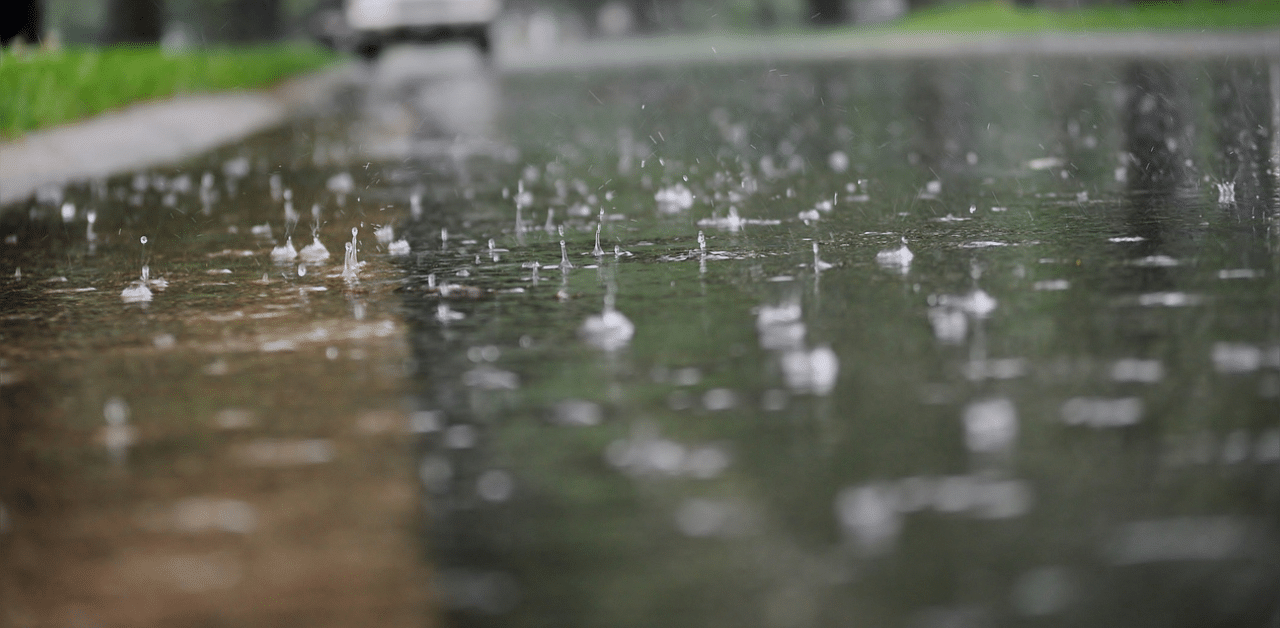
A study by IIT Kharagpur has revealed that South India and the Himalayan foothills are likely to receive more rainfall in future due to the changing pattern of monsoon in the country.
It further predicted a continued southward shift of “precipitation extreme” (condensation of atmospheric water vapour leading to cloud formation) over South Asia.
The study conducted by Dr. Rajib Maity, Associate Professor, Department of Civil Engineering, and his research scholar Mayank Suman, has been published in Scientific Reports journal by Nature publishing group.
The researchers analyzed data of nearly five decades of Indian summer monsoon spanning from 1971 to 2017 ( base period: 1930 to 1970). It showed a significant increase of in magnitude of heavy rainfall over South India in comparison with Northern and Central India.
“Our analysis of precipitation from the Coordinated Regional Downscaling Experiment indicates a southward shift of precipitation extremes over South Asia. For instance, the Arabian Sea, South India, Myanmar, Thailand, and Malaysia are expected to have the maximum increase to about 18.5 mm per day for an RCP8.5 scenario in mean extreme precipitation,” said lead researcher Prof. Rajib Maity from the Dept. of Civil Engineering.
He also said that intensification of large scale phenomena over the tropical Indian ocean known as “Indian Ocean Dipole” could be the key reason behind the contrasting trends in rainfall across a large region in the country.
Elaborating further Prof Maity said that as an outcome of the intensification monsoon is expected to be enhanced across the country. He also said that the directional change will intensify the already observed precipitation contrast in future between South and North India, and cause more extreme precipitation events in countries such as Myanmar, Thailand, Malaysia, remarked Prof. Maity.
Director of IIT Kharagpur Prof. Virendra Tewari “South Asia, as we know, despite advances in irrigation systems, is highly dependent on the monsoons.”
“Results of this study will be useful to the designers of water infrastructure and agricultural communities, especially in the southern parts of India and Himalayan foothills, to prompt a possible change in design criteria and agricultural practices including cropping pattern,” he added.